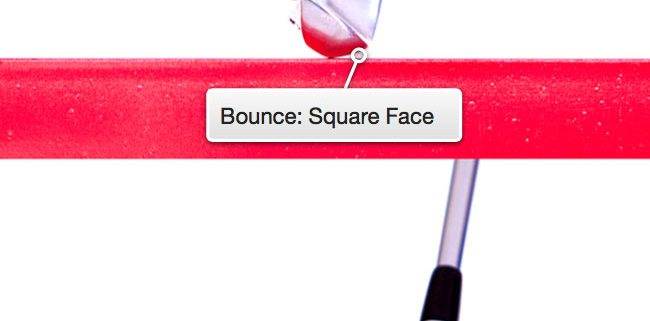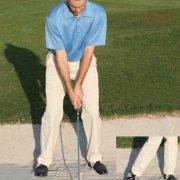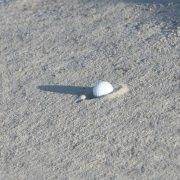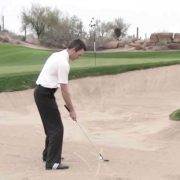Sand Wedge Design – Bounce Angle Explained
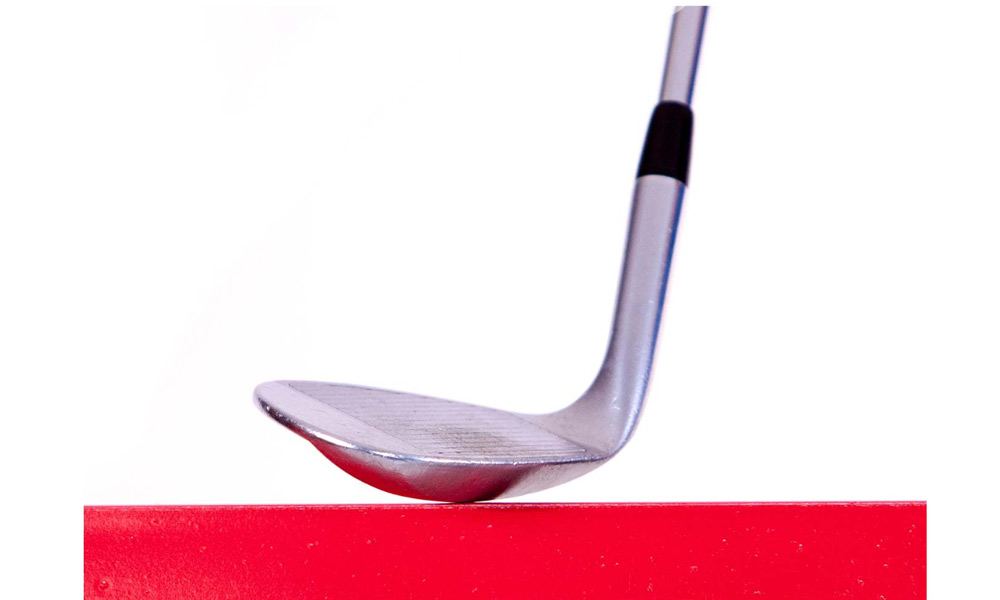
Tour players have no trouble out of greenside bunkers…of course they are practicing all the time, but more so because they are setting themselves up for success. If we understand how a sand wedge is designed, and how to set up for a greenside bunker shot, there is much more margin for error than many beginners and higher handicappers believe.
If we take a closer look at your send wedge, we know that it is one of the most lofted clubs in your bag, perhaps with approximately 56° of loft. If we look at the underside, or the sole of the club, you’ll notice that the trailing edge sits just a little bit lower than the leading edge of the club. This angle that you are looking at is called bounce.
Typical sand wedges will have between 10 and 14° of bounce. Generally speaking, the less bounce you have, the more the club will tend to dig into the sand. With lots of bounce, the club will tend to slide through the sand, without digging down or sticking into the sand.
With a typical greenside bunker shot, we are looking to impact the sand 2 or 3 inches behind the ball, allowing the club to slide under the ball and lift the ball up and out of the sand. The beauty of a sand wedge’s design is that if we manage bounce correctly, then our margin for error is surprisingly large.
If we err on the side of hitting into the sand a little bit closer to the ball, the ball still pops up and comes out with more spin. If we happen to hit a little bit too far behind the ball, say 3 to 5 inches, then the club will slide through the sand, rather than digging and stopping in the sand, allowing the ball to come up and out of the bunker. With a correct set up, we can actually miss pretty badly and still achieve a good result.
If we look again at your sand wedge, the amount of bounce that your sand wedge possesses is perhaps 10 – 12° when the club is square to the target line. All things remaining constant, notice that as we rotate the club face open, the more bounce we are presenting. As the club face is opening, the leading edge continues to rise. With this ability to vary bounce angles, we can handle all sorts of different bunker situations and sand conditions.
In softer sand, by laying the club face more open, we present more bounce, encouraging the club to slide much more than to dig. Conversely, in firmer bunker conditions, too much bounce will not allow for the leading edge to get underneath the ball, and we will tend to hit shots thin. In firmer bunker conditions, I suggest setting up with more of a square club face as opposed to laying the club open in softer sand. Practice from different lies and sand conditions, adjusting the face angle of your sand wedge, and learning how various setup positions affect your results.
In summary, understanding the design of your sand wedge will help your bunker play tremendously. The goal is to set yourself up with maximum margin for error so that if you happen to impact the sand too close to the ball, or further behind the ball, you’ll still be okay. You can adjust the degree of bounce on your sand wedge by laying the club face open, which will encourage the trailing edge of the sole of the club to impact the sand before the leading edge. You’ll need more bounce in softer sand conditions, encouraging the club to slide rather than to dig. In firmer bunker conditions, square up the club face and present less bounce so that the leading edge can get underneath the ball.

